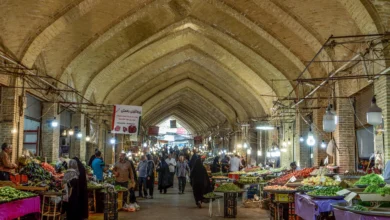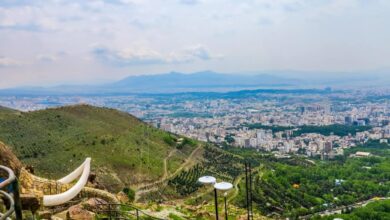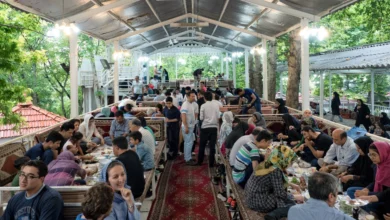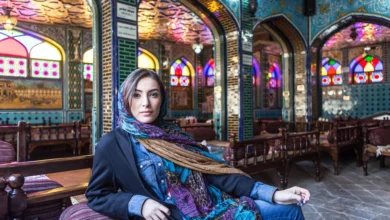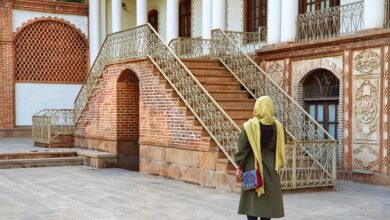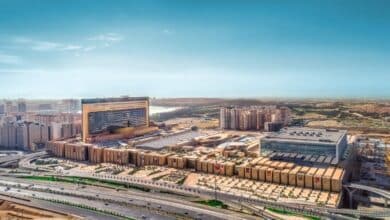Photographing Iran: Best Spots for Stunning Travel Photos
Top Places to Photograph Iran’s Beauty and Culture
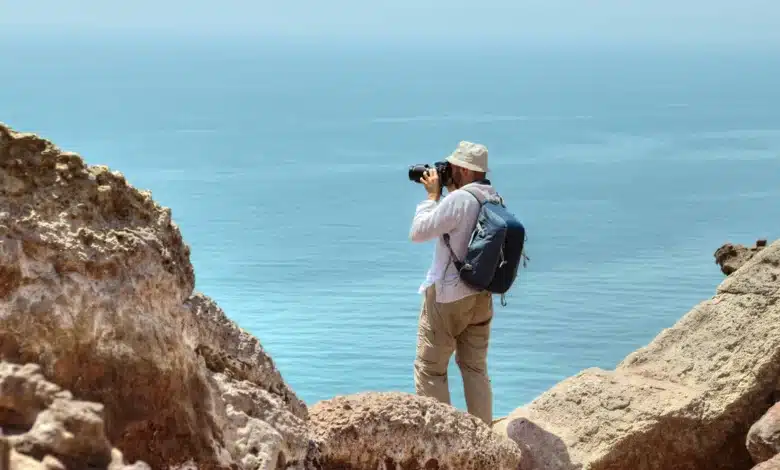
Iran is a country rich in history and culture, offering some of the most breathtaking landscapes in the world. For photographers, Photographing Iran presents a wealth of picturesque locations perfect for capturing on camera. This guide highlights the best places for photography in Iran, ensuring you return with stunning images that showcase this incredible nation.
From ancient ruins to bustling markets and natural wonders, this country offers a diverse array of subjects for photographers of all styles and preferences. The blend of historical grandeur, vibrant daily life, and unique landscapes ensures that every shot captures something extraordinary.
Contents
Historic Sites
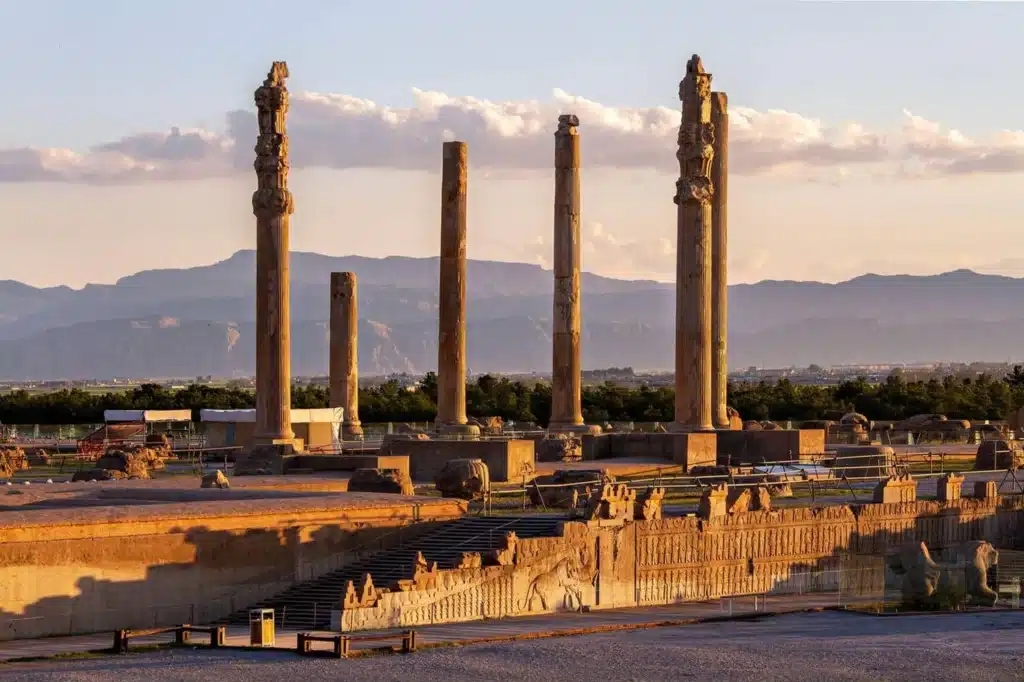
Persepolis at Sunrise
Persepolis, the ceremonial capital of the Achaemenid Empire, is one of Iran’s most famous historical sites. Visiting at sunrise allows you to capture the ruins bathed in golden light, enhancing the intricate carvings and towering stone pillars.
Early morning also means fewer tourists, allowing for uninterrupted photography of the majestic Gate of All Nations and the sprawling structures. Photographing Iran at this time lets you capture the site in its serene beauty, free from distractions.
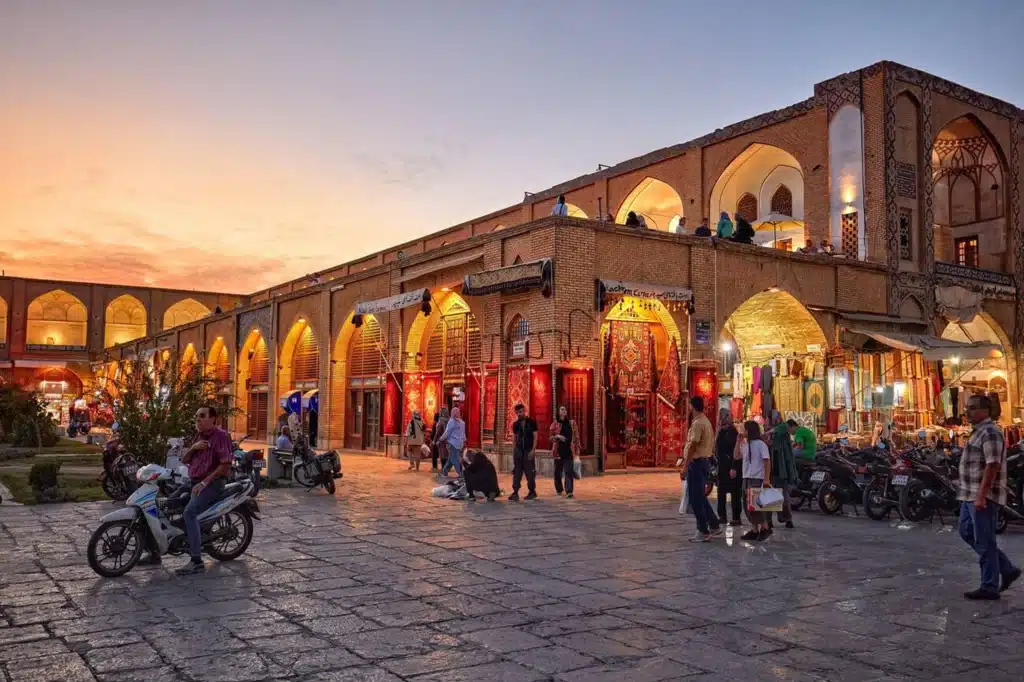
Naqsh-e Jahan Square During Golden Hour
A UNESCO World Heritage site, Naqsh-e Jahan Square in Isfahan boasts stunning Persian architecture. The golden hour near sunset is the best time to photograph the square, as the warm hues reflect off the delicate tiles of the Sheikh Lotfollah Mosque and Shah Mosque.
The lively atmosphere, filled with street vendors, families, and artists, adds an extra dimension to your shots. Photographing Iran in this vibrant setting offers opportunities to capture the play of light on the square’s symmetrical layout, providing breathtaking architectural perspectives. Close-ups of intricate tilework and reflections in the square’s pool enhance the variety of photographic compositions.
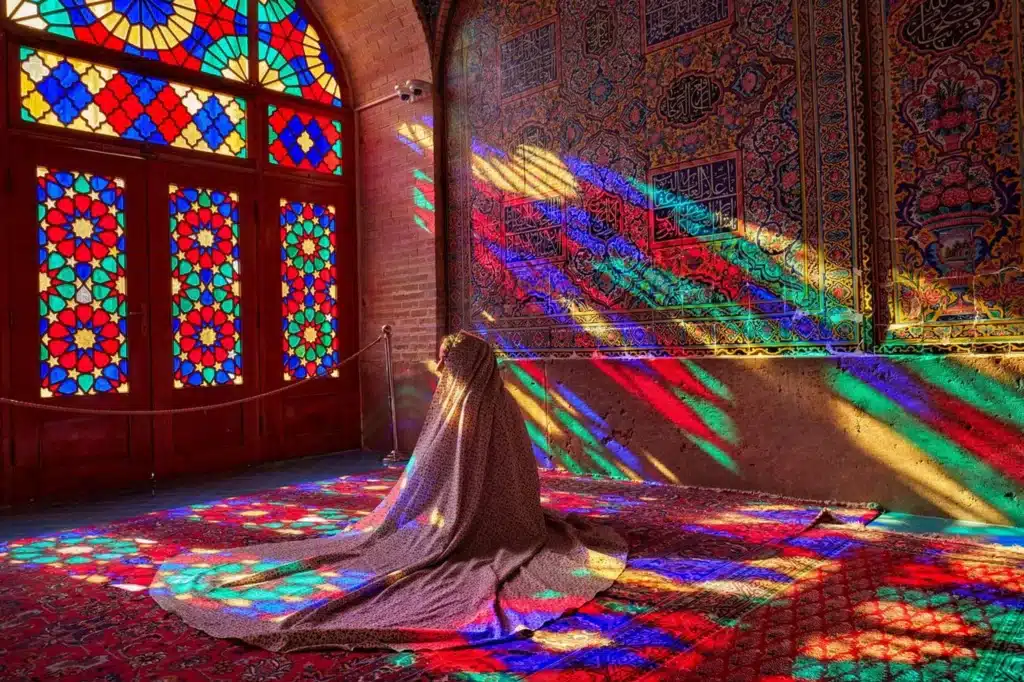
Nasir al-Molk Mosque in Shiraz Early in the Morning
Known as the Pink Mosque, Nasir al-Molk Mosque in Shiraz is famous for its stained glass windows. Arriving early in the morning allows you to capture the mesmerizing interplay of light and color as the sun filters through the intricate glasswork.
The mosque’s beautiful tile work and peaceful courtyard also provide excellent photo opportunities. Experiment with different angles to highlight the contrast between vibrant light patterns and the serene ambiance of the prayer hall. Capturing the transition of light from dawn to mid-morning provides an evolving display of colors and shadows.
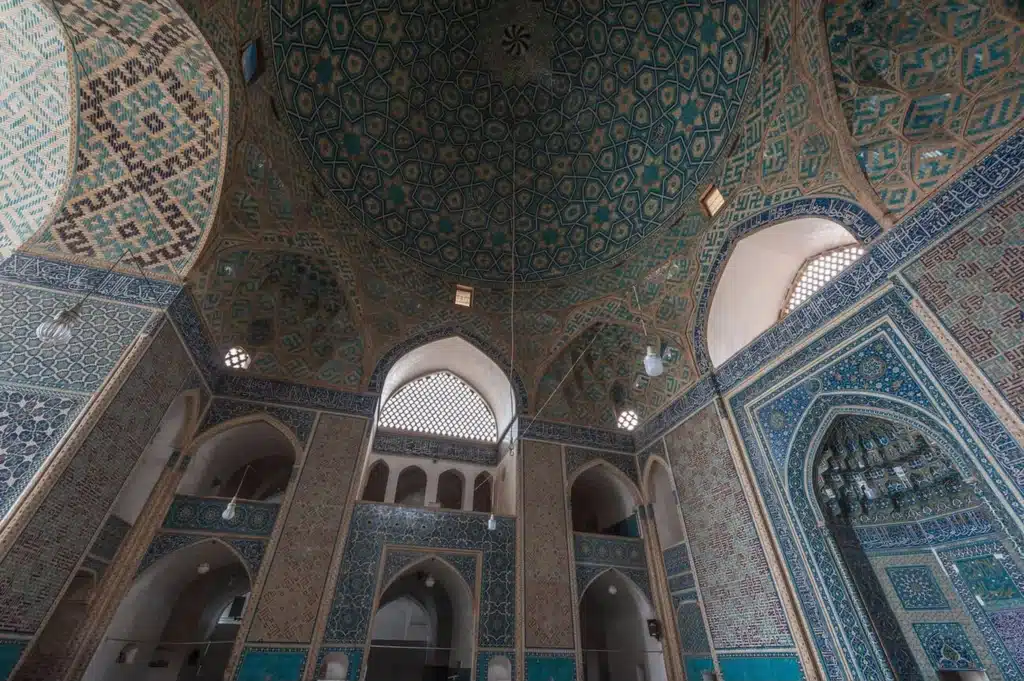
Jameh Mosque of Yazd
The Jameh Mosque of Yazd, with its striking blue tilework and towering minarets, is a paradise for photographers. Visiting in the late afternoon helps avoid the harsh midday sun while benefiting from the golden light that enhances the mosque’s beauty. Photographing Iran at this time captures the mosque’s intricate details bathed in soft, warm light.
The surrounding narrow streets of the ancient city offer a rich cultural backdrop for your shots. Be sure to explore the rooftops of Yazd to capture panoramic views of the historic adobe city bathed in the warm glow of sunset. Photographing the interplay of light and texture within the mosque’s grand arches enhances the architectural depth.
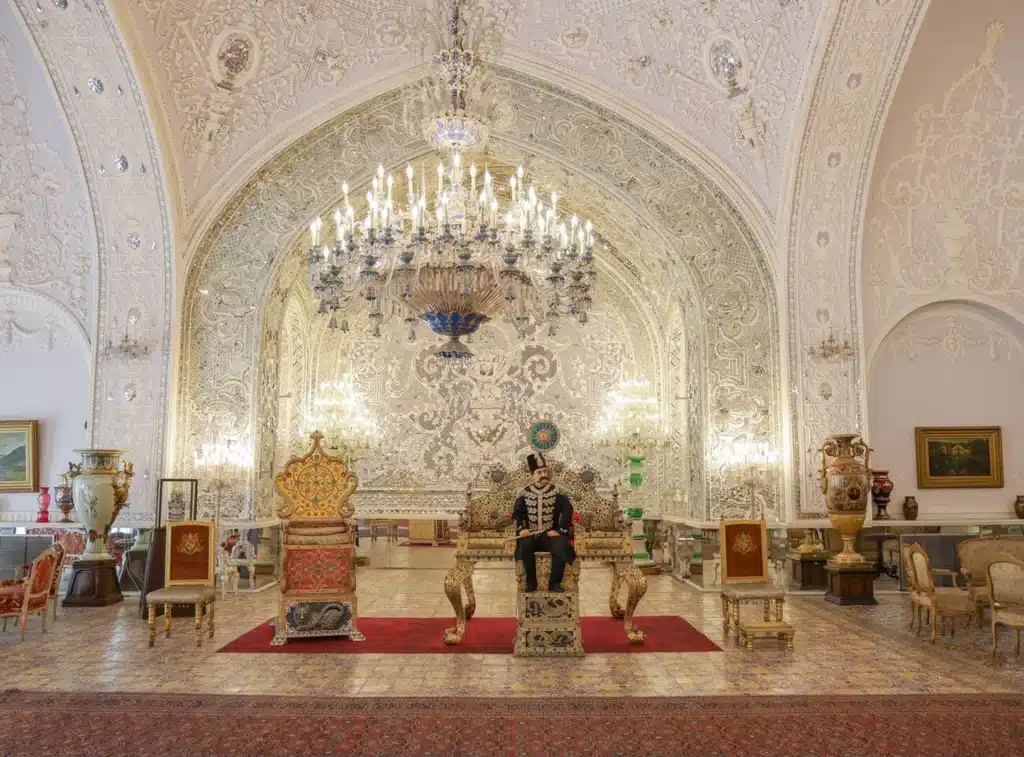
Golestan Palace, Tehran
Golestan Palace, a masterpiece of Persian architecture, is a must-visit for photographers interested in Iran’s royal history. Photographing Iran at this site offers countless opportunities to capture the intricate mirror mosaics, colorful tilework, and lush gardens. Early morning or late afternoon lighting enhances the textures and details of this UNESCO-listed site.
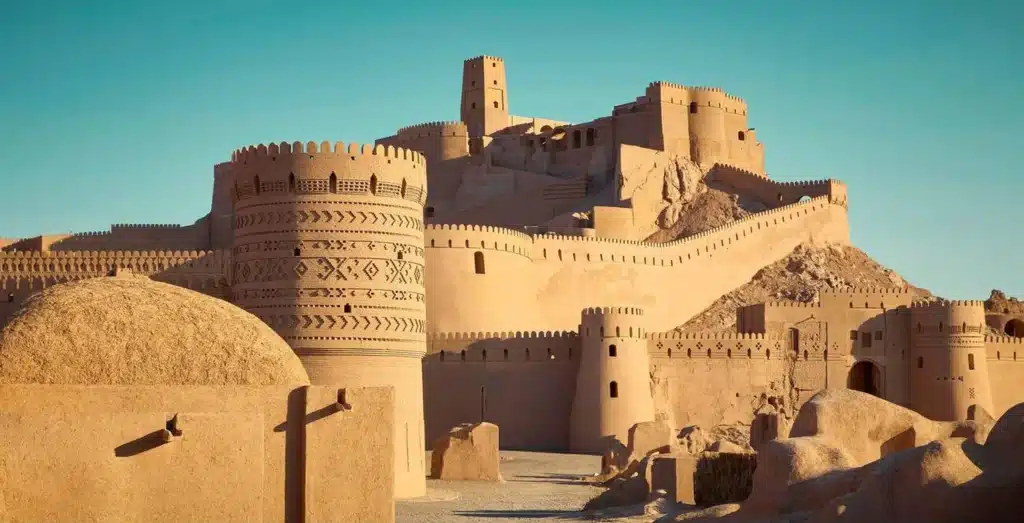
Arg-e Bam
The ancient mud-brick citadel of Arg-e Bam is an extraordinary location for photographers interested in Iran’s medieval history. The largest adobe structure in the world, this fortress provides striking geometric lines, stunning textures, and a glimpse into Iran’s past. Photographing Iran here allows you to capture the ancient grandeur and unique architectural beauty of this historical site.
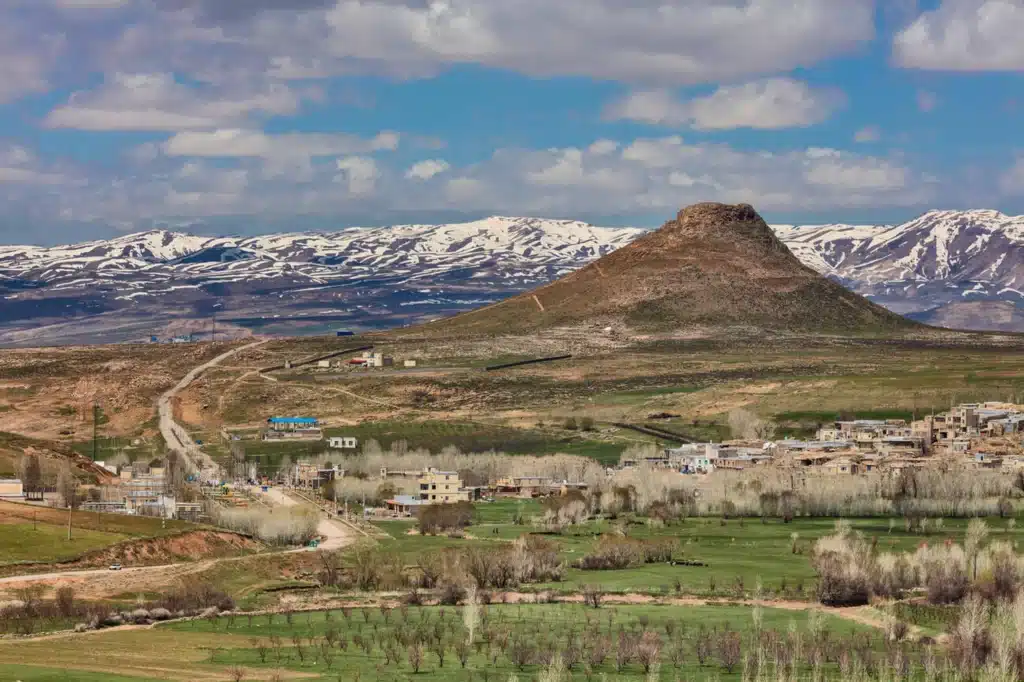
Takht-e Soleyman
Takht-e Soleyman, a mystical archaeological site set within a crater lake, offers photographers dramatic landscapes and well-preserved ancient ruins. Sunset is a magical time to capture reflections in the water and the mystique of this sacred space.
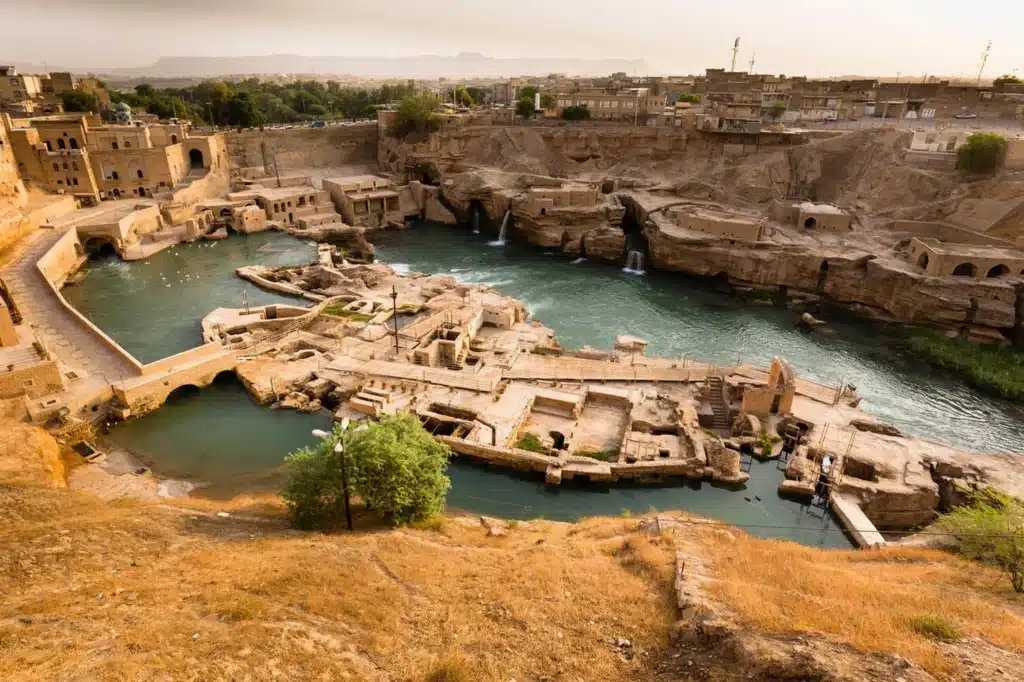
Shushtar Historical Hydraulic System
The complex watermills and bridges of Shushtar’s ancient hydraulic system, a UNESCO World Heritage Site, present an engineering marvel with cascading waterfalls and stone structures. Photographing Iran here offers an incredible opportunity for dynamic, high-contrast photography against a historical backdrop.
Natural Wonders
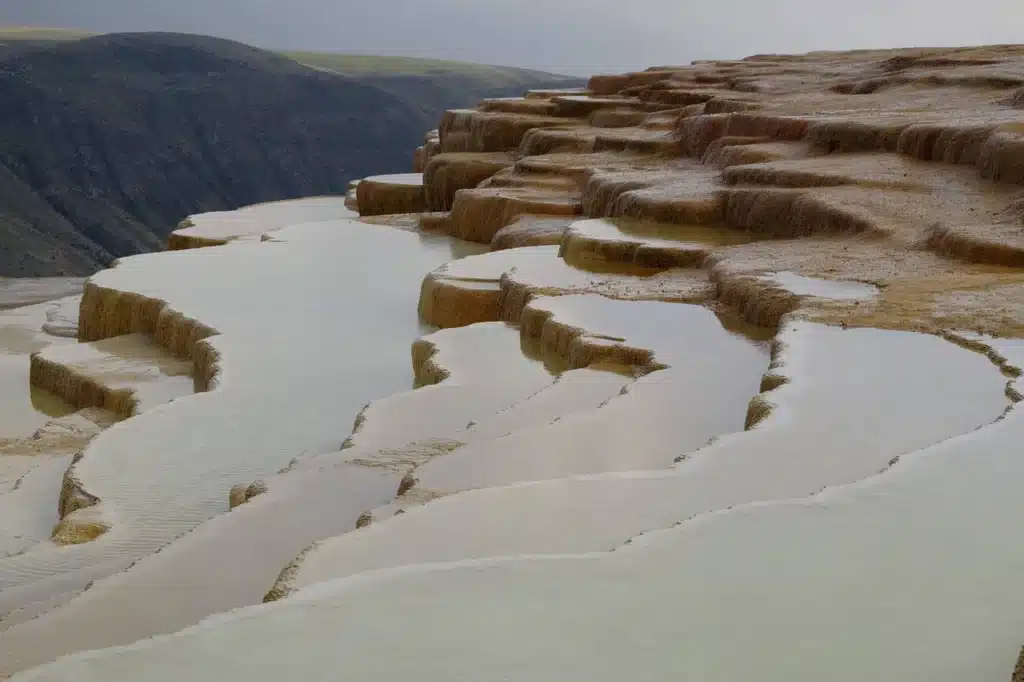
Badab-e Surt Terraces
Located in northern Iran, the stunning Badab-e Surt terraces are a must-visit for photographers. These natural mineral formations display vibrant colors cascading down the mountainside. Late afternoon provides the best lighting conditions to capture the terraces’ vivid hues and intricate textures.
A wide-angle lens can help emphasize the scale of this unique landscape, while a telephoto lens allows you to focus on the details of the mineral deposits. The reflections of the terraces in nearby water sources add another layer of beauty to the scene.
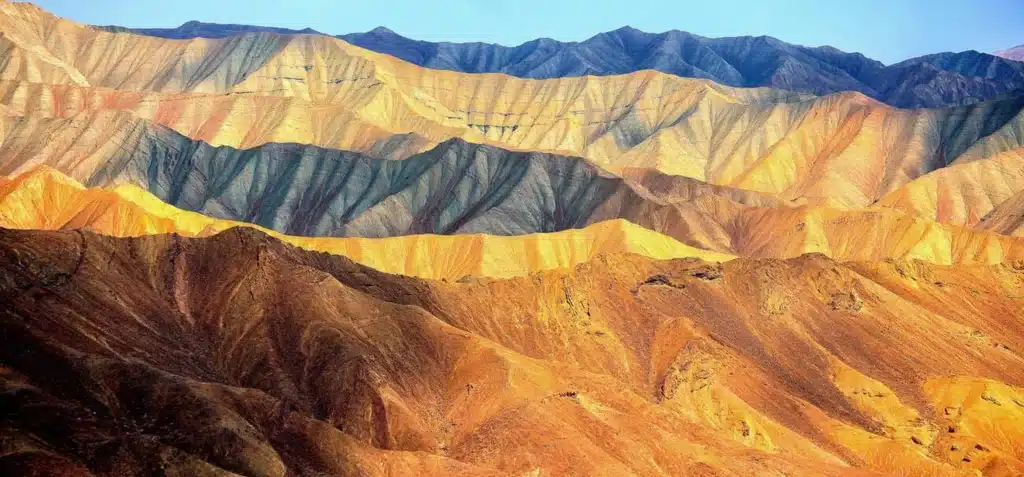
Lut Desert
The Lut Desert offers an otherworldly landscape, with towering sand dunes, eroded rock formations, and unique geological structures. Photographing Iran in this dramatic setting during sunrise and sunset allows the shifting light and shadows to accentuate the desert’s texture and depth.
Long exposure photography can capture the movement of wind-swept sand, adding a dynamic element to your compositions. The extreme temperatures and isolated setting make proper preparation essential. Aerial shots from drones can showcase the sheer expanse and mesmerizing patterns of the desert’s terrain.
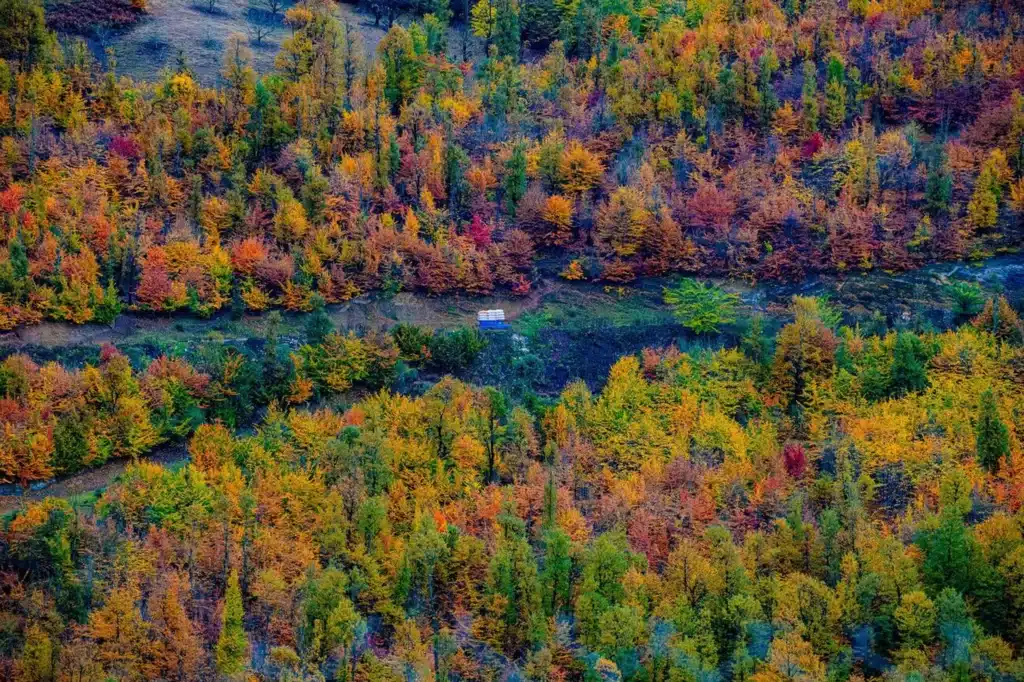
Hyrcanian Forests
These ancient forests, a UNESCO-listed natural wonder, are among the last remnants of lush woodlands from the Ice Age. Photographing Iran in these misty surroundings offers an excellent opportunity to capture diverse wildlife and stunning landscapes. Misty mornings and diverse wildlife make them an excellent destination for nature and landscape photographers.
Urban Photography
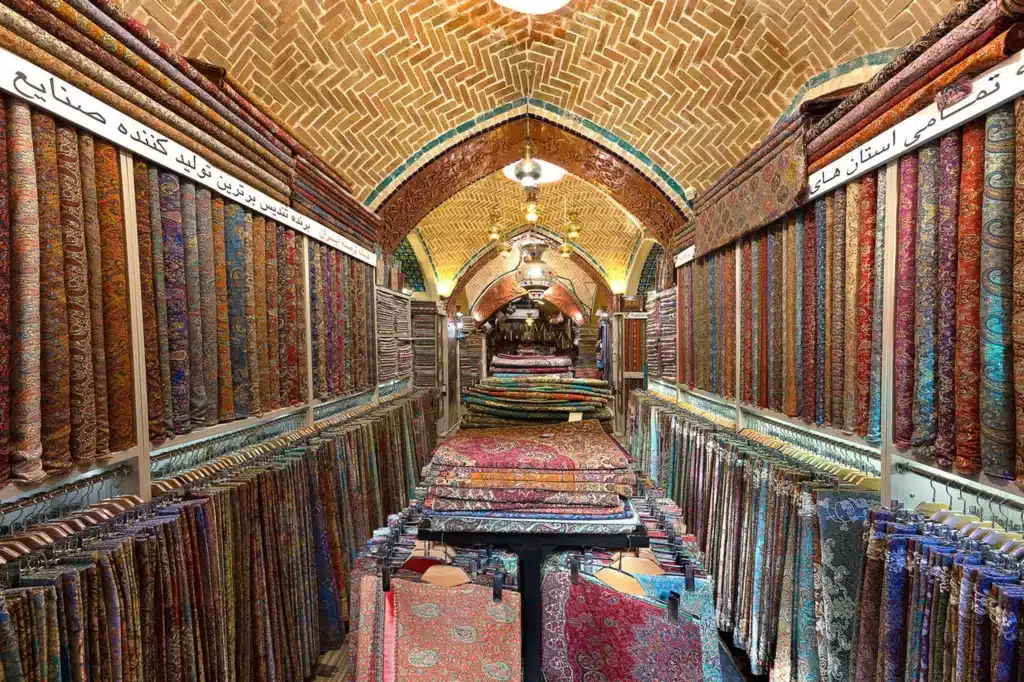
Tehran’s Grand Bazaar
Tehran’s Grand Bazaar is a bustling marketplace teeming with life. It’s an excellent location for city photography, capturing vibrant stalls brimming with spices, fabrics, and goods, along with the dynamic energy of shoppers and traders.
Photographing Iran in this vibrant setting allows you to capture both the hustle and bustle of daily life and the intricate details of this historic marketplace. Early morning provides the best lighting and a lively atmosphere. The maze-like alleys offer interesting compositions with their colorful displays and architectural details. Capturing wide shots of the bazaar as well as intimate close-ups of artisans at work creates a diverse visual narrative.
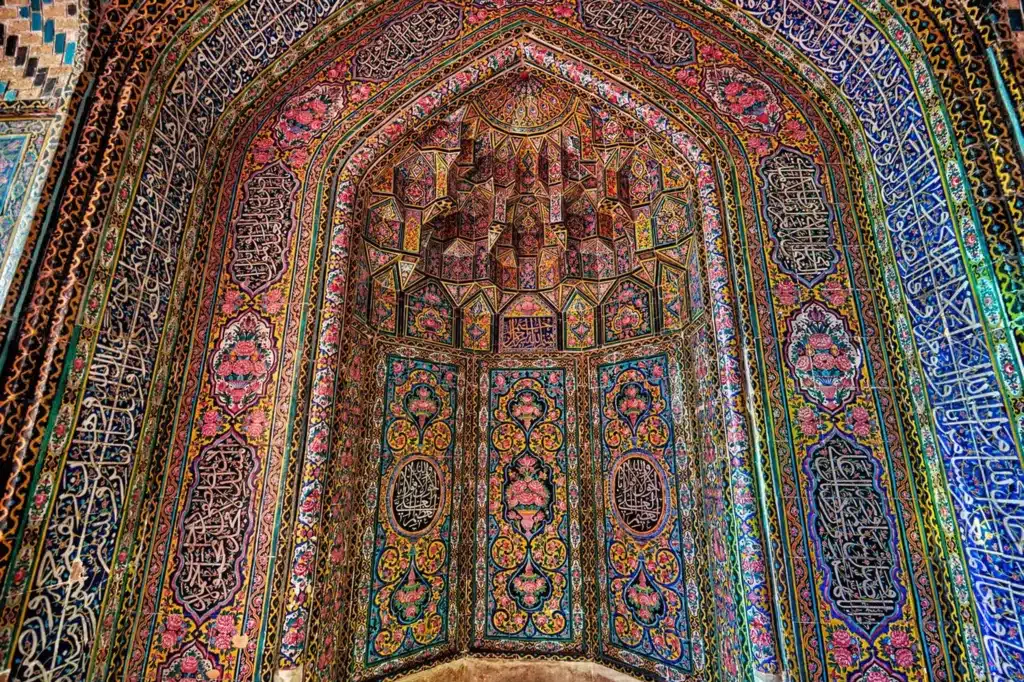
Shiraz’s Mosques and Tilework
Shiraz is home to some of Iran’s most exquisite mosques, including Shah Cheragh Mosque. The intricate tilework, combined with sunlight filtering through stained glass, creates captivating images. The best times for photography are early morning or late evening when the lighting enhances the patterns and colors. Macro photography can be particularly effective for capturing the minute details of the mosaic designs. Capturing the reflections of these colors on visitors’ faces can add a unique human element.
Conclusion
Iran is a photographer’s dream, offering a diverse array of subjects, from historic landmarks and natural wonders to vibrant cityscapes and cultural experiences. Photographing Iran allows you to capture everything from the grandeur of Persepolis to the surreal beauty of the Lut Desert, and the intricate details of Shiraz’s mosques. This guide will help you create a visually stunning record of your journey. Happy shooting!
Photographing Iran: FAQs
1. When is the best time to shoot at Persepolis?
The best time to shoot Persepolis is at sunrise when the golden light presents it in a better way, and it is not so full of tourists.
2. Where do I get to capture great photos of the Caspian Sea?
The best time to shoot the Caspian Sea would be in the early morning when the gentle light creates a peaceful atmosphere, perfect for capturing the local fishermen and the picturesque coast.
3. What should I keep in mind while taking photographs of local people in Iran?
Always ask for permission for portrait shots of locals and be respectful of their privacy and tradition to have a fruitful photographic experience.

